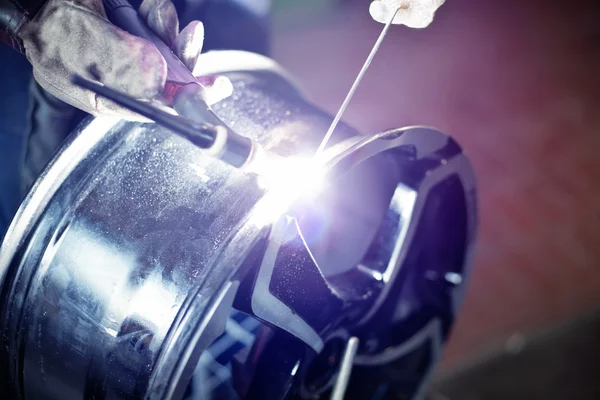Direct Digital Radiography (DDR) Takes Center Stage: Why Advanced Technology is Replacing Computed Radiography
Within the Technology segment of the Digital Radiology Devices Market, a significant paradigm shift is occurring as Direct Digital Radiography (DDR) increasingly replaces older Computed Radiography (CR) systems. CR was an initial step in the digital transition, utilizing existing X-ray machines with phosphorus plates that required a separate laser scanner for image processing. DDR, in contrast, uses highly efficient flat-panel detectors (FPDs) that convert X-ray photons directly into a digital image file almost instantaneously. This fundamental difference in technology results in numerous clinical and operational advantages for DDR, driving its rapid adoption across Hospitals and Diagnostic Imaging Centers globally.
The superior performance of DDR is a major factor driving the market's 4.32% CAGR. DDR systems offer significantly higher image quality, a wider dynamic range, and, crucially, a much faster workflow—images appear in seconds, eliminating the time-consuming step of cassette handling and plate scanning required by CR. This speed is invaluable in high-volume settings and critical care scenarios, such as trauma cases in Orthopedics. Furthermore, DDR systems typically require a lower radiation dose to achieve a diagnostic-quality image compared to CR, aligning with the industry's focus on patient safety and dose reduction. The enhanced efficiency and better outcomes make DDR a compelling investment for healthcare providers looking to modernize their imaging departments, rapidly making CR systems obsolete. The demand for high-performance DDR is a clear driver, ensuring that the digital radiology devices market continues its technological evolution, focusing on streamlined and efficient diagnostic imaging solutions.
Major players like Canon Medical Systems, Siemens Healthineers, and Fujifilm Holdings are heavily invested in the DDR segment, often integrating advanced features like built-in AI algorithms for quality control and enhanced image viewing capabilities. The move toward DDR is evident across all major geographic regions. In North America and Europe, the high cost of conversion is offset by the long-term gains in efficiency and reduced dose. In the high-growth Asia-Pacific market, new hospital constructions are opting for DDR installations directly, bypassing the need for CR entirely. This technological superiority is impacting all application segments that rely on standard X-ray imaging, from Dentistry to Pediatrics.
Projected to reach a global market value of $12.3 Billion by 2032, the DDR segment will continue to dominate the technology outlook. Future innovations will include even lighter, more durable, and flexible flat-panel detectors, further enhancing the portability of Mobile Digital Radiography and expanding the use of DDR to Outpatient Clinics and remote locations. The transition from CR to DDR is a powerful technological force that will continue to shape the investment and procurement decisions in the digital radiology devices market for years to come.








